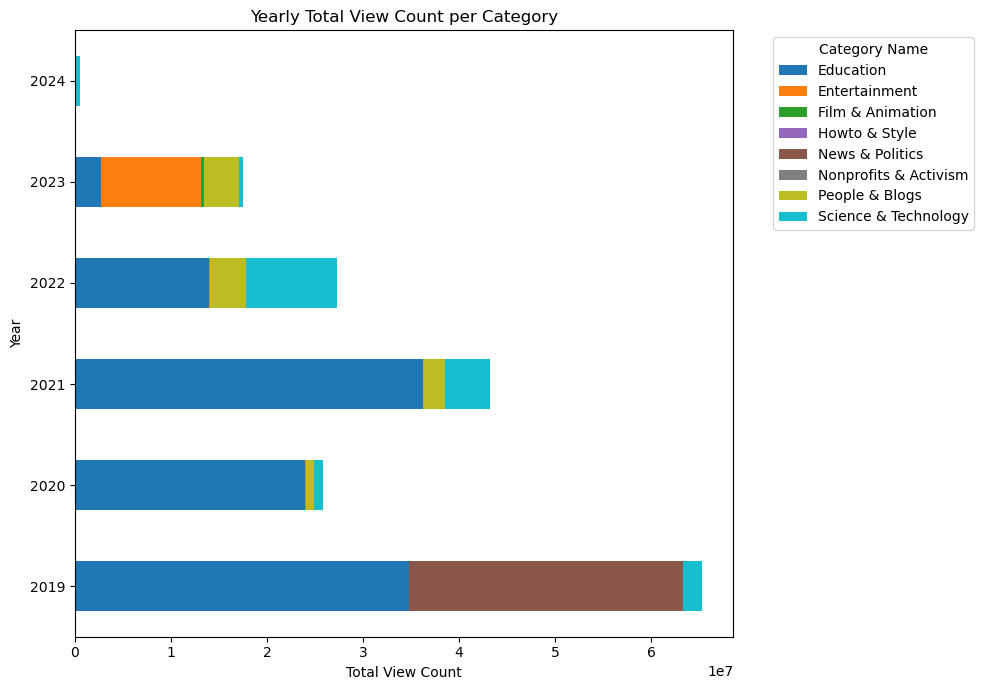This project investigates trends in data science and AI-related videos on YouTube through comprehensive statistical analysis. Using the YouTube API, I collected and analyzed video statistics to answer the primary research question: "Has there been any change in the trend of data science and AI-related videos on YouTube?"
The analysis combines data collection, preprocessing, exploratory data analysis, and rigorous statistical testing to provide evidence-based insights into content performance and viewer engagement patterns over time.
Research Question
- Primary Question – Has there been any change in the trend of data science and AI-related videos on YouTube?
- Statistical Approach – ANOVA testing to compare means across different time periods
- Metrics Analyzed – View counts, like counts, comment counts, and engagement rates
- Time Scope – Multi-year analysis to identify temporal patterns and changes
